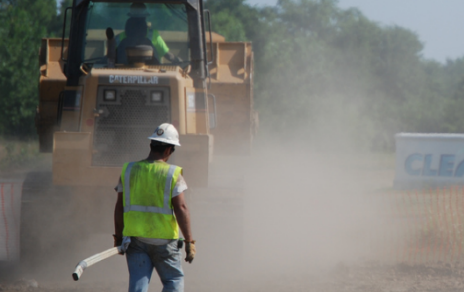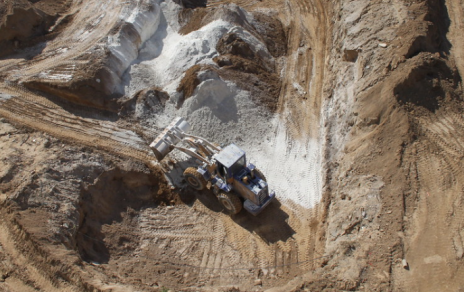
Value of Argentina’s mining exports up about 33% in first nine months of 2025
Argentina’s mining exports reached $4.21 billion in total value in the first nine months of 2025, an increase of 32.9% compared to the same period last year, the South American country’s mining secretariat reported on Monday.The figures mark a historic record for foreign sales from the national mining industry for the first nine months of a year, it added.The secretariat credited the jump in export value in part to “outstanding” international prices for metals like gold and silver.

Rio Tinto says strong year-end iron ore push needed as China demand surges
Rio Tinto said on Tuesday it needs a strong year-end finish to meet its iron ore shipment target, even as Chinese demand gathered pace as global economies front-loaded investment ahead of looming tariffs.Iron ore prices have surged to their highest levels since February, driven by targeted infrastructure stimulus in China that boosted steel production, Rio said, with China’s iron ore imports hitting a record high in September.

Titan Mining to produce graphite concentrate at New York facility
Titan Mining said on Tuesday it will begin production of graphite concentrate at its Empire State Mines in New York, days after China expanded export limits on rare earth minerals.The Canadian miner is targeting ramp-up to a 40,000-tonne-per-year commercial graphite facility, which the company said would be capable of supplying about half of current US natural graphite demand.“China’s decision to tighten graphite exports underscores the importance of having a secure domestic supply of natural graphite,” said Titan CEO Rita Adiani.













